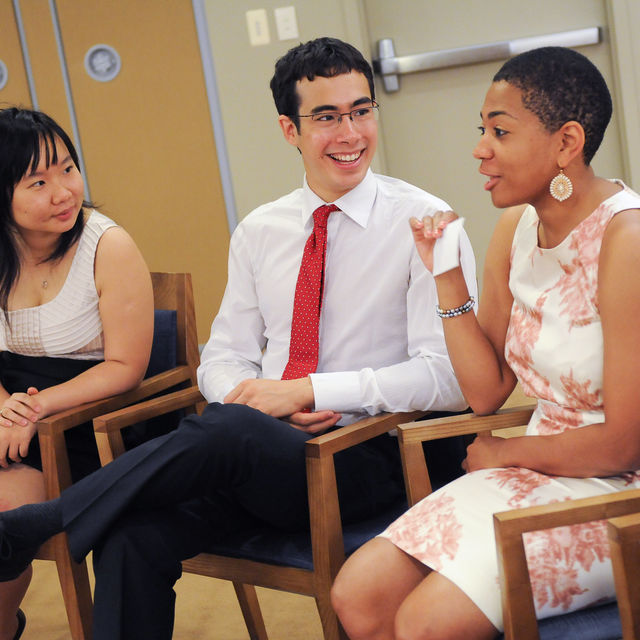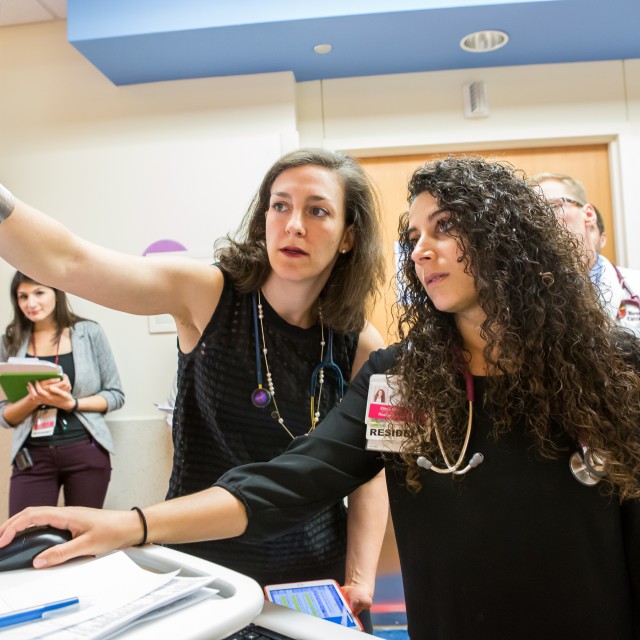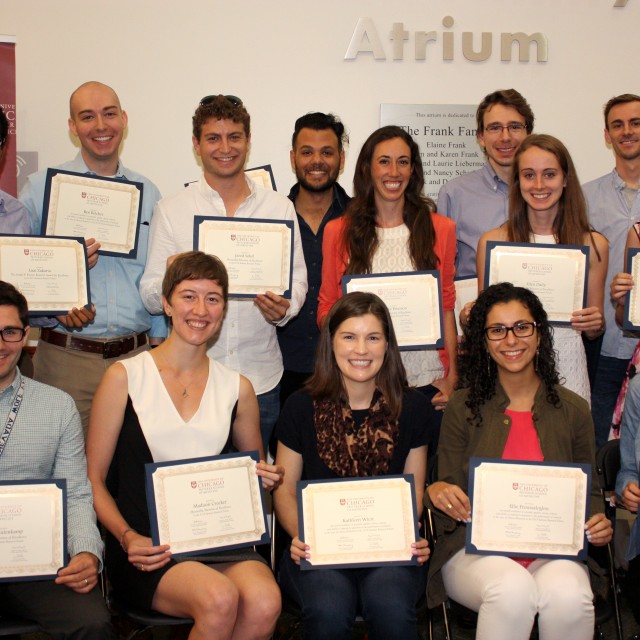
Academics
The Pritzker Curriculum
The curriculum at the University of Chicago provides a solid foundation in the basic sciences, building on a rich tradition at our institution in developing new knowledge. Realizing that scientific discovery impacts clinical practice, our curriculum is designed to emphasize the relationship between the basic and clinical sciences. The Phoenix Curriculum, which begins with the matriculating class of 2023, will provide students with ample time for self-directed learning, research scholarship, and community engagement while accelerating entry into the clinical phase.
Phoenix Curriculum Courses
Phase One
Phase Two
Phase Three
Resources
Lottery
Visiting Students
Phoenix Curriculum Calendar


Scholarship and Discovery
Through S&D, Pritzker students—beginning in their first year of medical school—undergo preparation to cultivate the level of mastery necessary to complete a mentored scholarly project by the time of graduation. Students have the option to explore and apply to one of seven scholarly tracks: Basic/Translational Sciences, Clinical Research, Health Services and Data Science; Community Health; Global Health; Medical Education; or Healthcare Delivery Improvement Science.
The S&D curriculum—undertaken in years one, two, and four—provides enhanced training in fundamental concepts and skills to ensure student success in one of these five fields of study.
Quick Links

Clinical Performance Center
The purpose of the Clinical Performance Center is to enhance the training of medical students, residents, and physicians at the University of Chicago, by offering a controlled, supportive, and evaluative environment. Use of medical simulation allows University of Chicago to stay at the forefront of healthcare education as well as to develop the gold standard in patient care and medical training.


